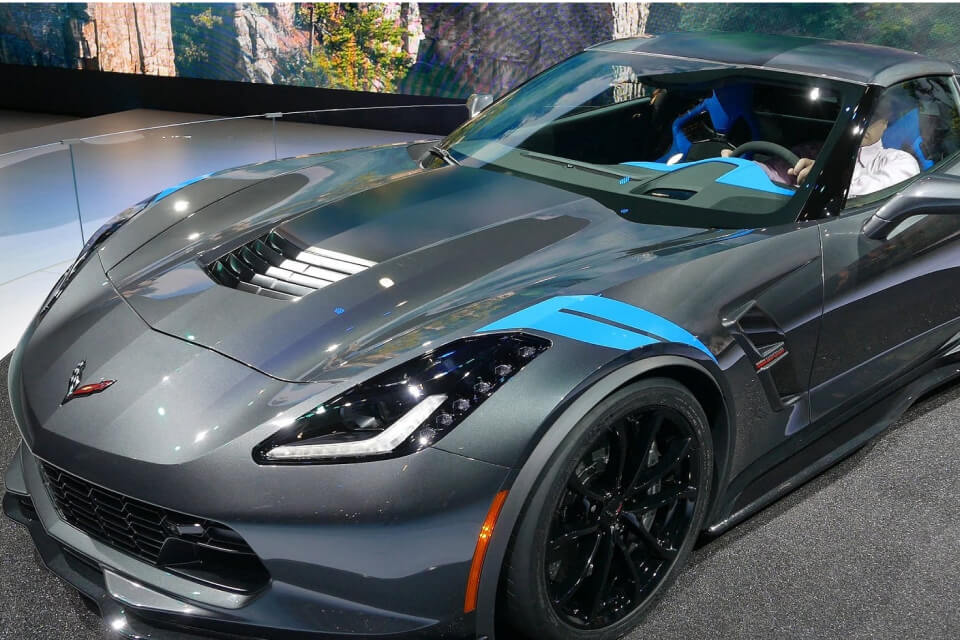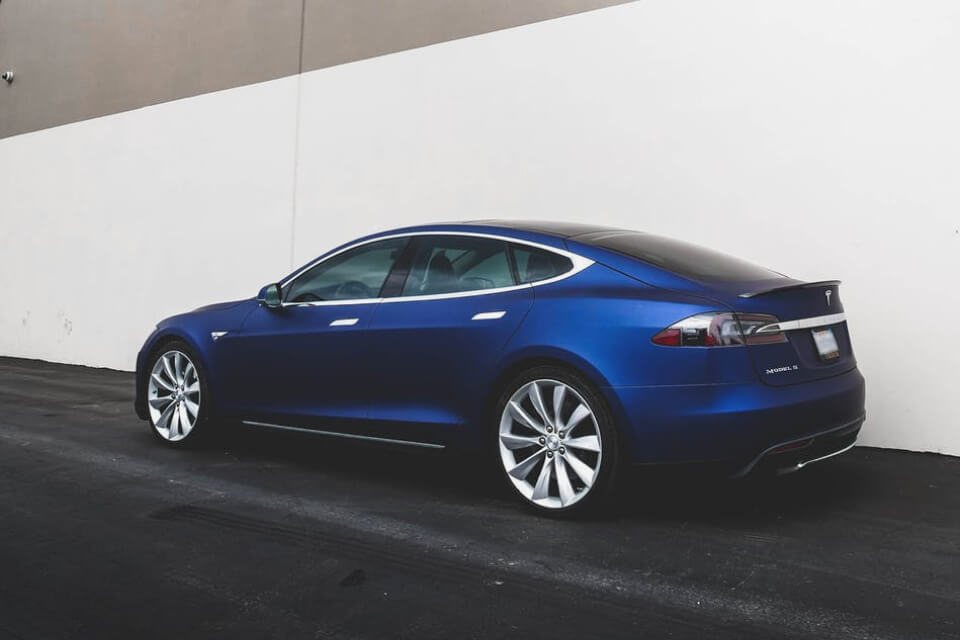Tech innovations in automobiles, particularly the integration of AI and IoT, have been revolutionizing the car industry in recent years. These advancements have led to the development of smart cars that are capable of autonomous driving, real-time monitoring, and predictive maintenance, among other features. As a result, the automotive industry is experiencing a significant transformation, with AI and IoT playing a pivotal role in shaping the future of transportation.
As the automotive industry continues to evolve, the integration of artificial intelligence and the Internet of Things is reshaping the way vehicles are designed, manufactured, and operated. These cutting-edge technologies are enabling cars to communicate with each other and with the surrounding infrastructure, leading to safer and more efficient transportation systems. Additionally, AI and IoT are revolutionizing the car industry by providing enhanced connectivity, personalized user experiences, and advanced vehicle analytics, thereby paving the way for a new era of smart mobility.
1. Introduction to AI and IoT in Automobiles
Artificial Intelligence (AI) and Internet of Things (IoT) are two cutting-edge technologies that have been making significant strides in revolutionizing the automobile industry. AI enables cars to mimic human cognitive functions such as learning and problem-solving, while IoT allows cars to connect and communicate with other devices and systems over the internet. Together, these technologies are transforming the way we drive, maintain, and interact with our vehicles.
In the automotive industry, AI and IoT are being used to enhance vehicle safety, improve the driving experience, and optimize vehicle performance. From self-driving cars to connected car features such as real-time traffic updates and remote vehicle monitoring, the integration of AI and IoT is reshaping the future of transportation.
2. AI and IoT Applications in Autonomous Vehicles
One of the most notable applications of AI and IoT in automobiles is in the development of autonomous vehicles. AI algorithms enable these vehicles to perceive their environment, make decisions, and navigate without human intervention. IoT plays a crucial role in this by allowing autonomous vehicles to communicate with traffic lights, other vehicles, and infrastructure to ensure safe and efficient transportation.
AI and IoT also enable autonomous vehicles to continuously learn and improve their driving abilities, making them increasingly reliable and safe. With the potential to reduce accidents, traffic congestion, and emissions, autonomous vehicles are a prime example of how AI and IoT are reshaping the future of mobility.
3. Enhanced Vehicle Safety and Maintenance with AI and IoT
AI and IoT technologies are also being leveraged to enhance vehicle safety and maintenance. AI-powered systems can analyze real-time data from sensors and cameras to detect potential hazards on the road and alert drivers to take preventive action. IoT connectivity allows these safety features to communicate with other vehicles and infrastructure, further enhancing overall road safety.
Furthermore, AI and IoT are being used to enable predictive maintenance in vehicles. By analyzing data from various sensors and systems, AI can predict when components are likely to fail or require maintenance, allowing drivers and service providers to address issues before they lead to costly breakdowns. IoT connectivity enables remote monitoring and diagnostics, making vehicle maintenance more efficient and cost-effective.
4. Personalized Driving Experience through AI and IoT
AI and IoT technologies are enabling a more personalized driving experience for car owners. AI-powered systems can learn from drivers’ behavior, preferences, and habits to customize various aspects of the driving experience, such as seating position, climate control, and entertainment options. IoT connectivity allows these personalized settings to be easily transferred between different vehicles owned by the same individual.
Additionally, AI and IoT enable connected car features that provide real-time traffic updates, navigation assistance, and personalized recommendations for nearby attractions and services. By leveraging these technologies, car manufacturers are able to offer a more tailored and convenient driving experience for their customers.
5. Optimizing Vehicle Performance with AI and IoT
AI and IoT play a key role in optimizing vehicle performance and efficiency. AI-powered systems can analyze data from sensors and vehicle systems in real time to adjust various parameters, such as engine performance, fuel efficiency, and suspension settings, to deliver an optimal driving experience. IoT connectivity further enhances this capability by allowing vehicles to receive over-the-air software updates and performance enhancements.
Furthermore, AI and IoT enable the implementation of advanced driver assistance systems (ADAS) that can enhance vehicle stability, improve handling, and provide semi-autonomous driving capabilities. These technologies are not only improving the performance of individual vehicles but also contributing to overall road safety and traffic efficiency.
6. Challenges and Considerations in Implementing AI and IoT in Automobiles
While the integration of AI and IoT in automobiles offers numerous benefits, it also presents challenges and considerations that need to be addressed. One of the primary challenges is ensuring the security and privacy of connected vehicles, as they are vulnerable to cyber-attacks and data breaches. Manufacturers and developers need to implement robust cybersecurity measures to protect the integrity and confidentiality of vehicle data.
Additionally, the widespread adoption of AI and IoT in automobiles requires standardized communication protocols and interoperability between different systems and devices. Furthermore, there is a need for clear regulations and guidelines to govern the use of these technologies in vehicles, particularly in the context of autonomous driving and data privacy.
7. Future Trends and Developments in AI and IoT for Automobiles
The future of AI and IoT in automobiles is filled with exciting possibilities. As these technologies continue to advance, we can expect to see further integration of AI-powered virtual assistants, advanced predictive maintenance capabilities, and enhanced vehicle-to-everything (V2X) communication for improved traffic management and safety. Moreover, the development of 5G networks will enable faster and more reliable connectivity, unlocking new opportunities for intelligent transportation systems.
Furthermore, the convergence of AI, IoT, and other emerging technologies such as augmented reality and blockchain is likely to bring about innovative solutions for the automotive industry, ranging from immersive in-car experiences to secure and transparent vehicle data sharing. Overall, the future of AI and IoT in automobiles holds immense potential for transforming how we perceive and interact with vehicles.
8. Conclusion
The integration of AI and IoT in automobiles represents a significant leap forward in the evolution of the automotive industry. These technologies are not only enhancing vehicle safety, performance, and maintenance but also reshaping the entire driving experience. As AI and IoT continue to advance, we can expect to see a new era of connected, intelligent, and autonomous vehicles that will redefine the way we navigate and interact with the world around us.
It is crucial for stakeholders in the automotive industry to collaborate and innovate in order to harness the full potential of AI and IoT, while also addressing the challenges and considerations associated with these technologies. By doing so, we can pave the way for a future where cars are not just modes of transportation, but intelligent, adaptive, and deeply integrated components of our connected world.
| Technology | Explanation |
|---|---|
| AI (Artificial Intelligence) | AI is being used in autonomous vehicles to make real-time decisions, improve safety, and enhance the overall driving experience. |
| IoT (Internet of Things) | IoT technology enables cars to connect with other devices, exchange data, and provide advanced features such as predictive maintenance and personalized driving settings. |
Tech Innovations in Automobiles: How AI and IoT Are Revolutionizing the Car Industry, brings together the latest advancements in AI and IoT to transform the way cars are designed, operated, and maintained. These technologies are paving the way for safer, more efficient, and personalized driving experiences.



